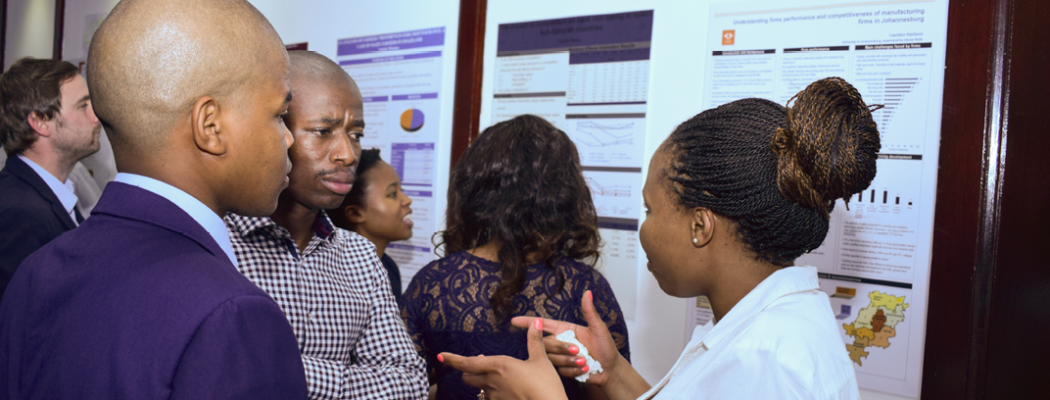On the persistence of growth for South African firms
The analysis of firm growth has been a topic of consistent interest among scholars. Such analysis has produced empirical evidence on the relationship between firm growth and the size distribution of firms across the economy (Evans, 1987; Dunne and Hughes, 1994). These findings have in turn motivated the significance of the firm growth process in the health of firms and the economy in general. A closely related question that has gained traction more recently has been regarding the process of firm growth. More specifically, the persistence of firm growth over time, and how this persistence varies across different firms, has been of increasing interest.
As the body of literature dedicated to understanding high-growth firms (HGFs) has expanded, this interest in the persistence of growth has become even more relevant. The chief reason for this is that—as policymakers shift their focus away from traditional areas such as small and medium enterprises (SMEs) and towards policies that target and support HGFs—empirical evidence is necessary to inform whether the incidence of high growth is random, as well as whether the gains from growth episodes are maintained. Such evidence would have significant implications for the outcomes that might reasonably be expected by policymakers from designing policies that explicitly target HGFs, while it would also help scholars to better understand the process of firm growth.
This paper adopts a quantile-regression approach and builds on the literature regarding the persistence of firm growth across the growth distribution. Of particular interest is whether the performance of firms at the tails of the growth distribution is persistent, and if so, in what manner. It further analyses the serial correlation of growth rates of the best- and worst-performing firms in a given year by size classification, in order to examine whether persistence differs by firm size. The paper proceeds with a brief overview of the literature, then a discussion of the data and methodology employed, followed by a discussion of the results and further remarks.
Download SA-TIED Working Paper 21





